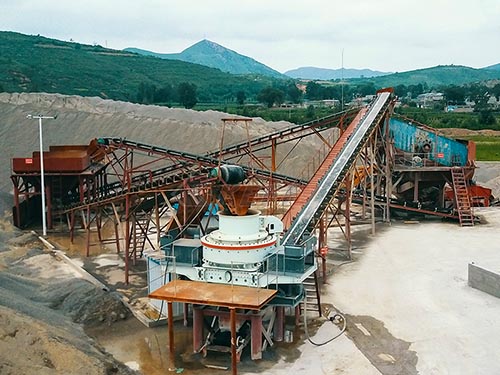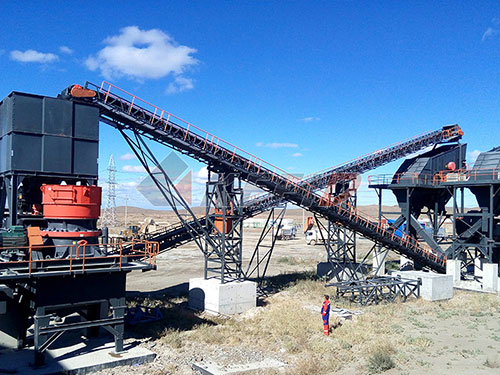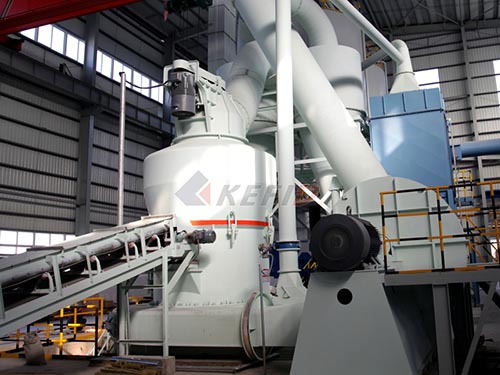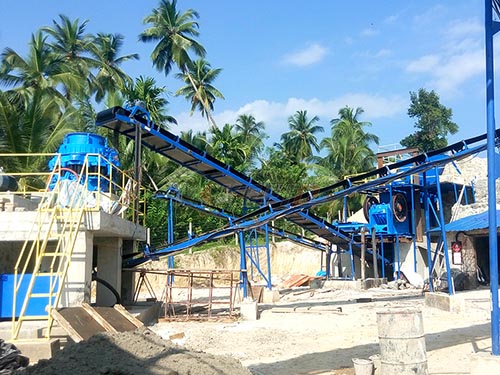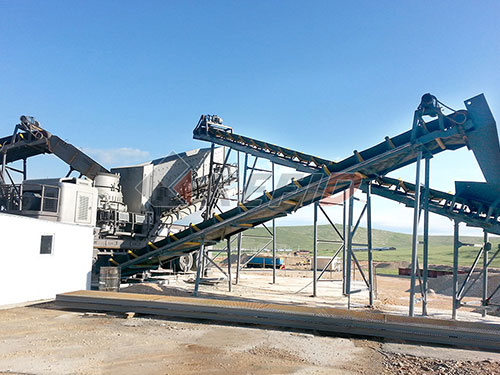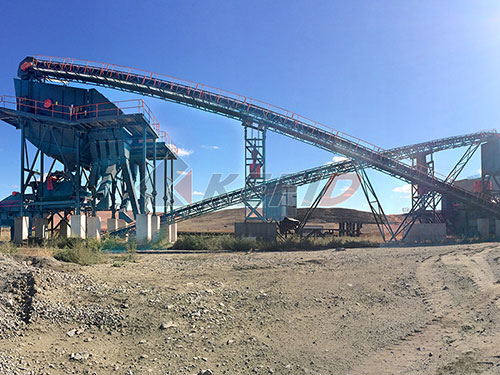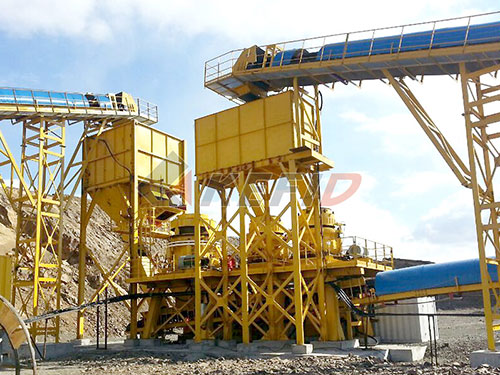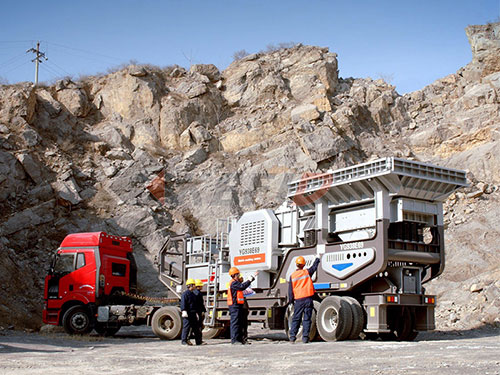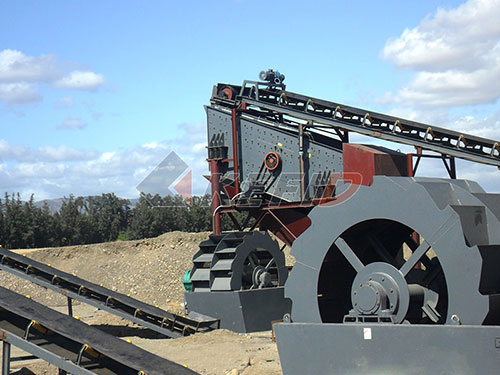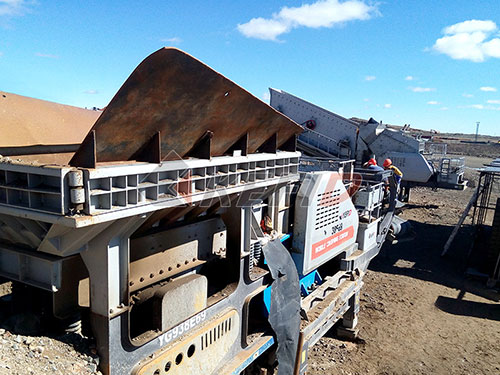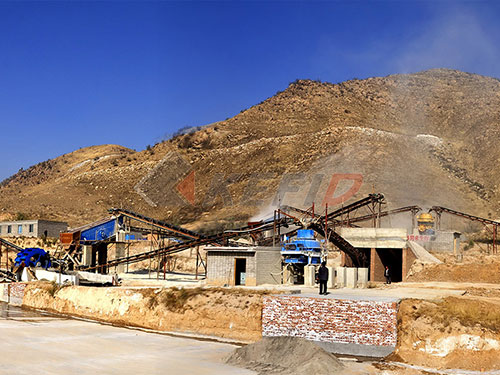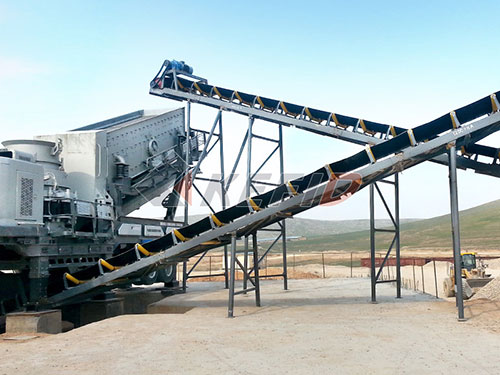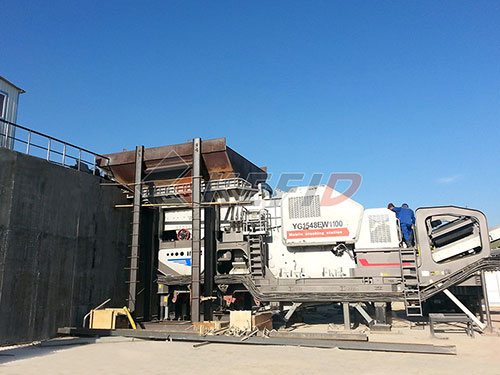The Critical Role of Spare Parts in Your 75-Ton Portable Crushing Plant
In the demanding world of aggregate production, quarrying, and recycling, a 75-ton portable crushing plant represents a significant investment and a crucial operational asset. Its mobility allows it to be deployed close to the raw material source or project site, maximizing efficiency. However, like any complex piece of heavy machinery operating under extreme conditions, wear and tear are inevitable. The availability and quality of critical spare parts are not just an operational consideration; they are fundamental to maximizing uptime, protecting your investment, and ensuring profitability.
Why Spare Parts are Non-Negotiable for Portable Plants:
1. Minimizing Costly Downtime: Unplanned breakdowns halt production entirely. For a portable plant often working on tight project schedules or remote sites, delays translate directly into lost revenue and potential penalties. Having essential spares readily available means faster repairs and less operational disruption.
2. Maintaining Consistent Output: Worn parts directly impact crusher performance – reduced capacity, poorer product shape (cubicity), increased fines generation, and fluctuating gradation. Using genuine or high-quality compatible spares ensures the plant consistently produces the required specification material at optimal tonnage rates.
3. Protecting Major Components: Failure of a relatively inexpensive wearable part (like a worn conveyor skirt rubber or damaged chute liner) can lead to catastrophic damage to much more expensive components (like the conveyor belt structure or crusher frame). Timely replacement protects the core integrity of the machine.
4. Optimizing Total Cost of Ownership (TCO): While cheaper, inferior parts might seem attractive initially, they often wear out significantly faster, require more frequent changes (increasing labor costs and downtime), and offer less protection to other components. Investing in high-quality spares leads to longer service life and lower overall operating costs per ton produced.
5. Ensuring Safety: Worn or failed parts can create significant safety hazards – unexpected material spillage, structural failures under load, or malfunctioning safety systems. Maintaining components with proper spares is integral to a safe working environment.
Spare Part Categories for Your 75-Ton Portable Plant:
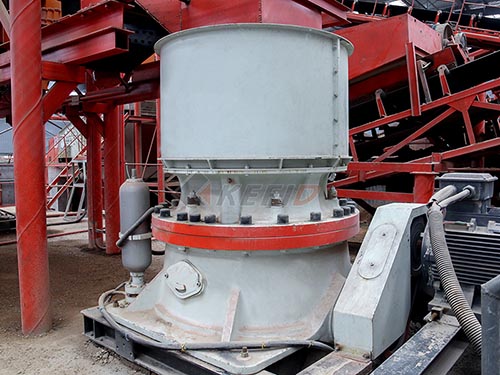
Understanding which parts wear fastest is key to effective spare parts management:
1. Crusher Wear Parts (The Core):
Jaw Crushers: Jaw dies (fixed & movable), cheek plates, toggle plates/seats.
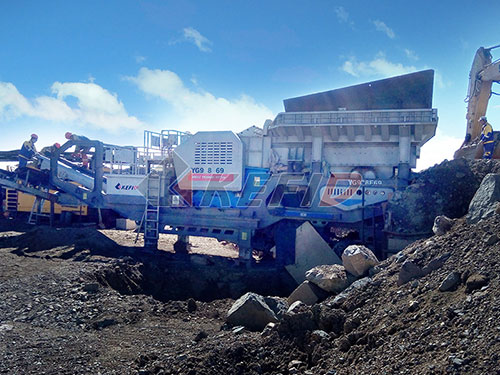
Cone Crus


